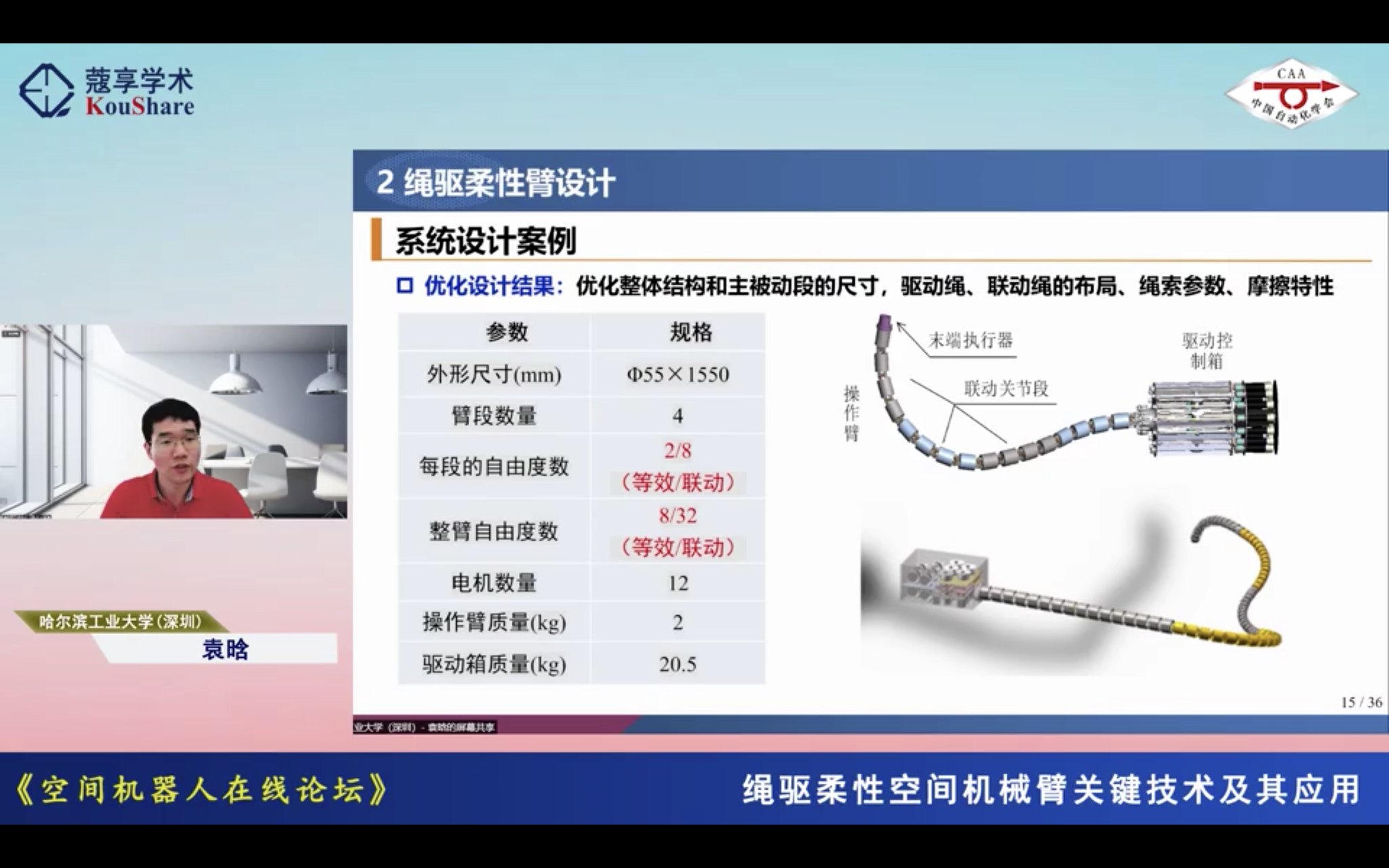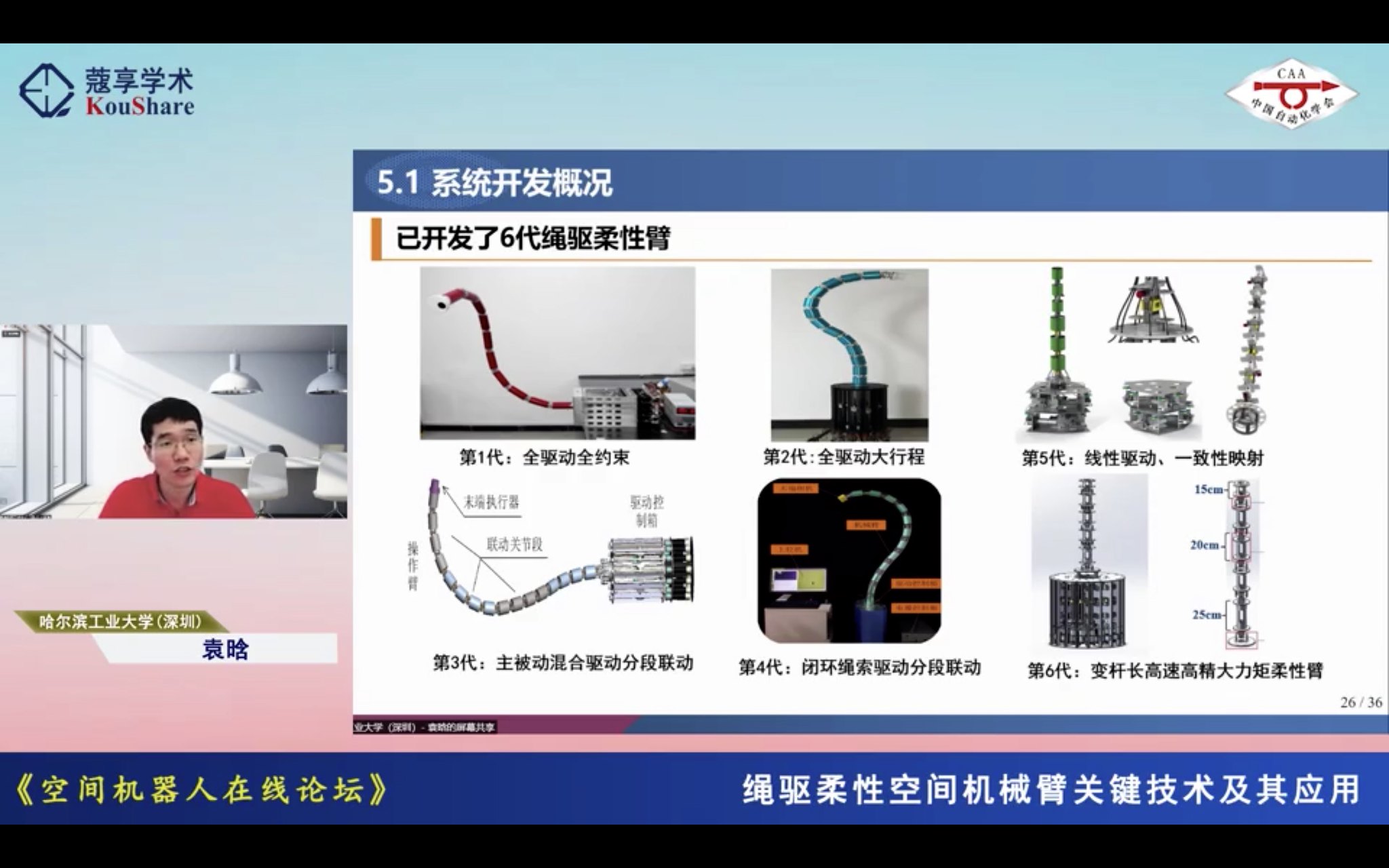Experience gained during orbital construction of the space telescope will prove invaluable for constructing the solar power station in the future.
You are using an out of date browser. It may not display this or other websites correctly.
You should upgrade or use an alternative browser.
You should upgrade or use an alternative browser.
China's Space Program Thread II
- Thread starter Blitzo
- Start date
Should China consider forming a new PLA branch, i.e. People's Liberation Army Space Force (PLASF) to specialize in outer space warfare?In just five years, China has deployed more than 260 imaging satellites and about 50 navigation satellites, he added. “Their space capabilities are still not quite as good as ours, but they are really, really good. And so we have to assume that they are a peer competitor in that regard.”Are they better than us? Will they win? Are we in parity? I can’t say that,” Thompson added. “All I can say is that they are a serious challenge. They are a serious threat. Their capabilities are close to ours.
(Not to be confused with People's Liberation Army Strategic Support Force (PLASSF).)
Regardless of the present international law, I believe the future of warfare would inevitably include outer space against peers like the US and Russia.
Last edited:
by78
General
Rope-driven snake manipulators by the Harbin Institute of Technology.
Although rope-driven snake manipulators offer less stiffness and load bearing capacity, compared to traditional manipulator designs, they are much more flexible and can be used in very confined spaces, such as the inside of pipes and nuclear reactors.





Although rope-driven snake manipulators offer less stiffness and load bearing capacity, compared to traditional manipulator designs, they are much more flexible and can be used in very confined spaces, such as the inside of pipes and nuclear reactors.





Interesting meanwhile highly unusual launch today.
Many thanks for the update. What timezone is the rumor referring to?
All launch preparation for Mengtian are complete, the vehicle is now just waiting for launch window which occurs once very 3 days.
Rumor says it will be around 3:30PM on 31st of Oct.
Beijing timeMany thanks for the update. What timezone is the rumor referring to?
escobar
Brigadier
Another LEO based Space Situational Awareness sat. Internal desigation : CX-3C.Interesting meanwhile highly unusual launch today.
The history of SSA project in China began with the creation of the Chuangxin-3 experimental satellite, launched on July 19 2013 for the purpose of "observation of space debris". The device was used to solve problems of space situational awareness, namely, to determine the background characteristics of the space environment, tracking, shooting and identifying low-orbit objects, as well as to observe geostationary objects and determine their coordinates. The camera for observing low-orbit objects for the CX-3 was made at the Shanghai Institute of Technical Physics, for observing GEO objects at the Xi'an Institute of Optics and Fine Mechanics, and the system for high-speed information transmission through an omnidirectional antenna for a satellite constantly in inertial orientation mode at the National Center for Space Science and Applied Research Chinese Academy of Sciences.
The successful operation of the experimental spacecraft made it possible to start in 2015 the creation of a working system of three CX-3A satellites operating in the same plane, but at different altitudes - 500, 700 and 1000 km. All of them were launched under the single name "Shiyan-6"
There is no information about the design of the CX-3A satellites and the equipment installed on them. However, in connection with the launch of the 3rd spacecraft of the series, the National Nanotechnology Center of China informed readers about its contribution to the common cause - an ultra-black nanocomposite coating of the satellite's space telescope hood, which was used for the first time on the Shiyan-6 No. 03 spacecraft. It is reported that the coating outperforms similar developments in the United States, France and Israel and absorbs 99.6% of the incident light in the ultraviolet, visible and near infrared ranges, significantly improving the ability to observe faint space objects.








